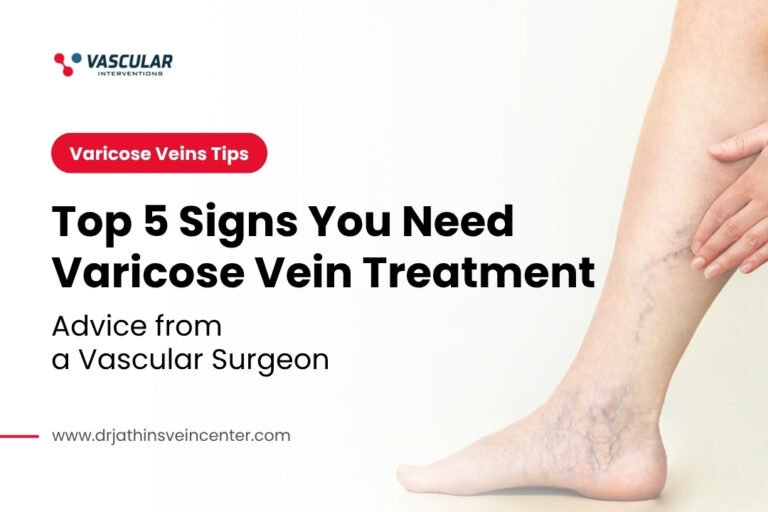Cardiovascular diseases are the leading cause of death globally, accounting for millions of deaths per year. Carotid artery blockage, also known as carotid artery stenosis, is one of the most common cardiovascular conditions that may lead to strokes or transient ischemic attacks. The carotid arteries are responsible for supplying oxygenated blood to the brain, and when they become narrowed or blocked, the risk of stroke increases significantly.
Fortunately, there are various carotid artery blockage treatments available that can be used to prevent or manage this condition. In this blog post, we will explore the different types of carotid artery blockage treatment to provide you with a better understanding of the optaions available.
The treatment options for carotid artery blockage range from non-invasive procedures such as lifestyle adjustments and medication to invasive procedures such as carotid endarterectomy and carotid artery stenting. The choice of treatment depends on various factors such as the severity of the blockage, the patient’s overall health, and their preference for surgical or non-surgical interventions. In some cases, a combination of treatments may be recommended in order to achieve the best possible outcome.
1. Carotid Endarterectomy: Surgical removal of blockage
Carotid Endarterectomy (CEA) is a surgical procedure that involves removing plaque and fatty deposits from the carotid arteries of the neck to improve blood flow to the brain. This type of blockage treatment is typically recommended for patients with severe blockages that are causing stroke symptoms or increasing the risk of stroke. During the procedure, an incision is made in the neck, the carotid artery is opened, and the plaque is removed. The artery is then closed with stitches, and the incision is closed with sutures or staples.
CEA has been shown to be an effective treatment for carotid artery blockages in reducing the risk of stroke and improving overall blood flow to the brain. However, it is important to note that like any surgical procedure, CEA comes with risks, and patients should discuss the potential benefits and risks with their healthcare provider.
2. Carotid Artery Stenting: Non-surgical procedure using a stent to open the artery
Carotid artery stenting is a minimally invasive, non-surgical procedure used to treat blockages in the carotid artery. A stent, which is a small tube-like device, is inserted into the artery to increase blood flow by holding the artery open. A catheter is guided through the artery, usually through a small incision in the groin area or an artery in the arm, until it reaches the location of the blockage. A small balloon is then inflated to widen the artery, and a stent is placed to hold the artery open. The procedure usually takes 1-2 hours and can be performed under local anesthesia.
Carotid artery stenting is considered an effective alternative to carotid endarterectomy, a more invasive surgical procedure used to treat carotid artery blockages. However, not all patients are eligible for carotid artery stenting, and the decision to use this procedure should be made on a case-by-case basis.
3. Angioplasty: An invasive procedure that uses a balloon to open up the artery
Angioplasty is an invasive procedure that’s often used as a treatment for carotid artery blockage. It involves a small incision in the groin or arm, which then allows access to the blocked artery. A thin, flexible tube called a catheter is then threaded through the artery to the blockage, and a small balloon at the end of the catheter is inflated to widen the artery. In some cases, a stent (a small mesh tube) may then be inserted to keep the artery open. This procedure is typically done with local anesthesia, and most patients can go home the same day.
While angioplasty is generally considered safe and effective, it does carry some risks, including bleeding, clotting, and stroke. As with any medical procedure, it’s important to discuss the potential benefits and risks with your doctor before making a decision.
4. Lifestyle Changes: Modifications to diet, exercise, and smoking habits to reduce plaque buildup
One effective way of managing carotid artery blockage is through lifestyle changes. This includes modifications to diet, exercise, and smoking habits, which can help reduce plaque buildup in the arteries, improving blood circulation and reducing the risk of stroke.
A diet low in saturated fat, trans fat, and cholesterol and rich in fruits, vegetables, whole grains, and lean protein can reduce the risk of developing plaque in the arteries. Regular exercise can also help strengthen the heart and improve blood flow to the brain.
For smokers, quitting is highly recommended, as smoking is a major risk factor for developing atherosclerosis, which leads to carotid artery blockage. Making these lifestyle changes is not only beneficial for managing current blockages, but can also prevent the development of new ones in the future. Talk to your doctor about incorporating these changes into your treatment plan.
5. Medication: Prescribed medications to manage blood pressure, cholesterol levels, and prevent blood clots.
One of the effective ways of managing carotid artery blockage is through prescribed medications. Doctors prescribe medications to manage blood pressure, cholesterol levels, and prevent blood clots, which can potentially lead to a blockage in the carotid artery.
Medications such as statins, aspirin, and anticoagulants are commonly prescribed to prevent blood clots, reduce the risk of stroke, and keep cholesterol levels under control. However, it is essential to follow the prescribed dosage and seek medical advice if you experience any adverse effects.
While medication can help manage the condition, it is also crucial to adopt a healthy lifestyle by eating a balanced diet, exercising regularly, and quitting smoking to improve overall vascular health.
Conclusion
There are several options for treating carotid artery blockage, including medical management, carotid endarterectomy, and carotid artery stenting. It’s important to consult with a healthcare provider to determine the best option for each individual case.
While there are risks associated with each procedure, advancements in technology and medical knowledge have significantly decreased the risk of complications. By working with a healthcare team, patients can make informed decisions about their treatment plan and improve their overall health outcomes.





